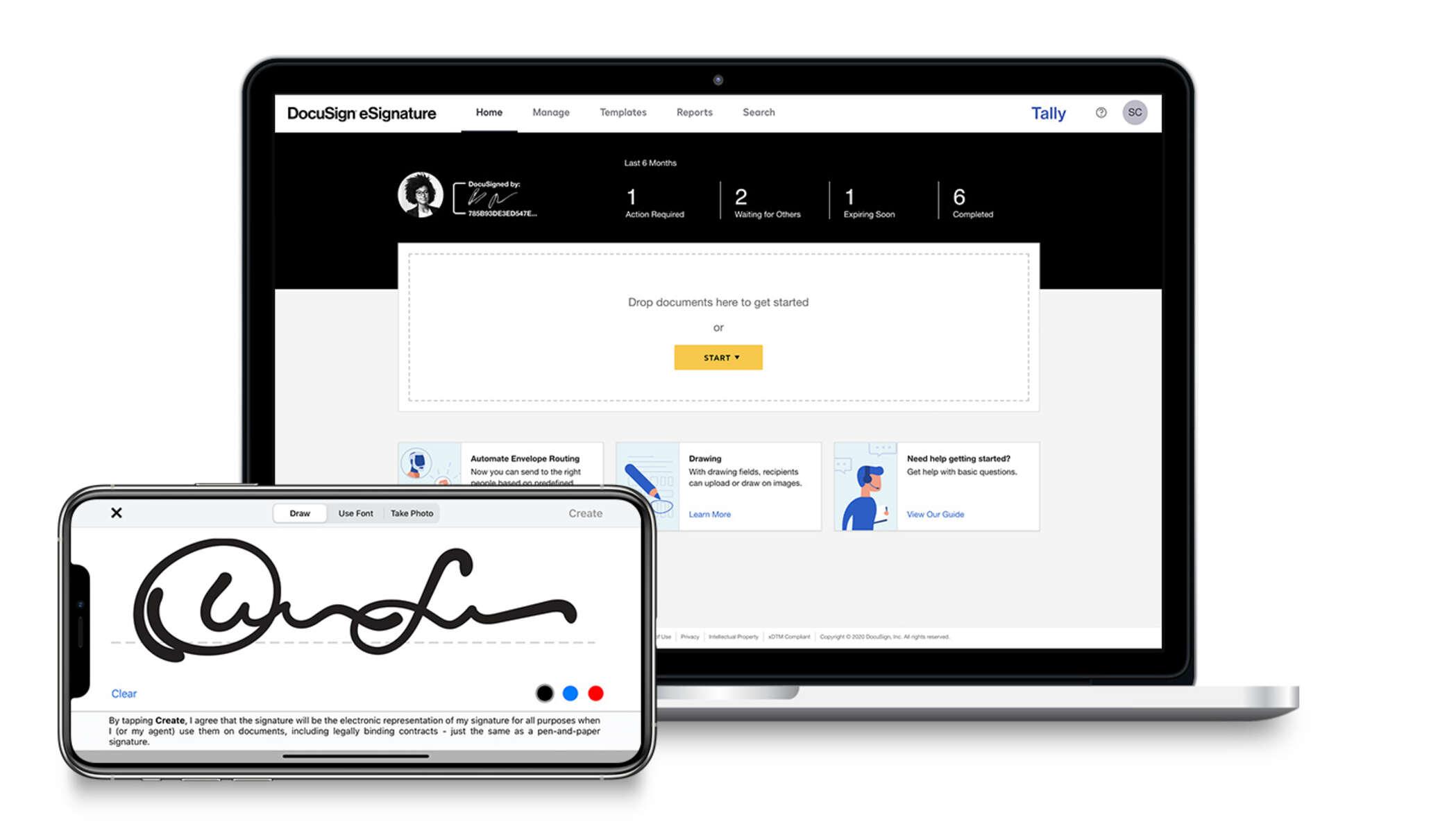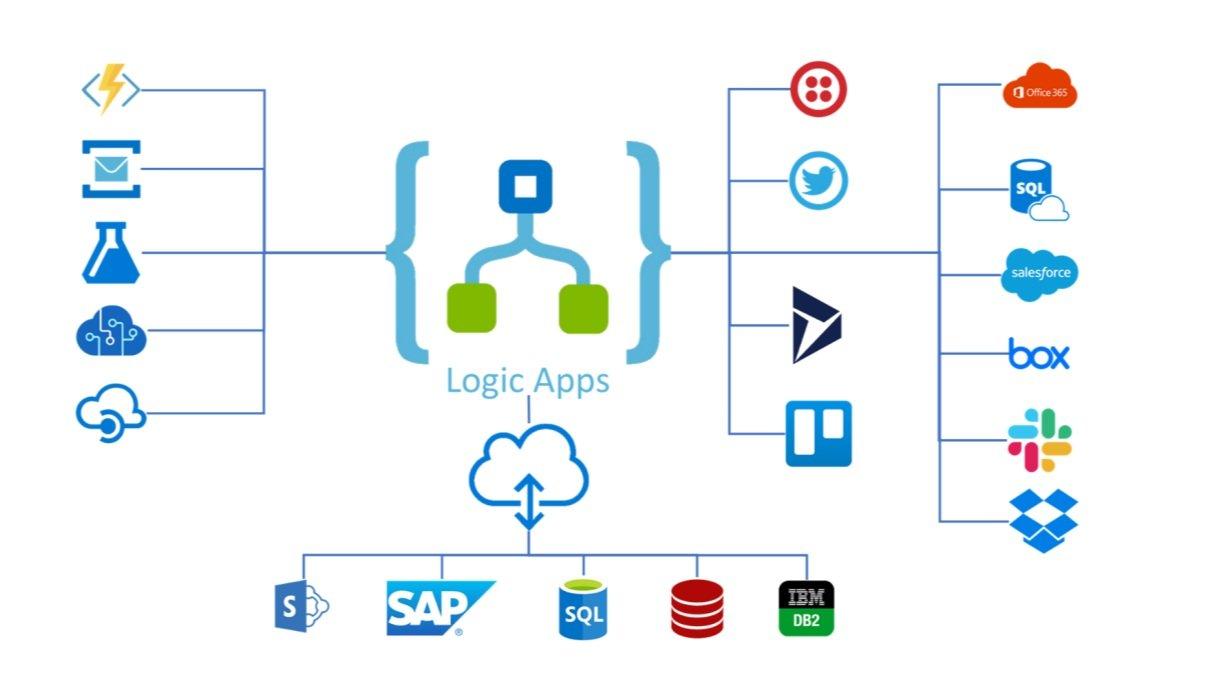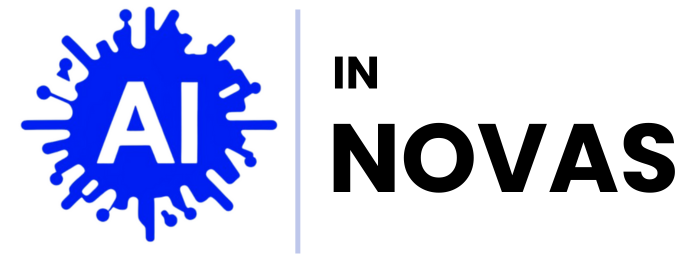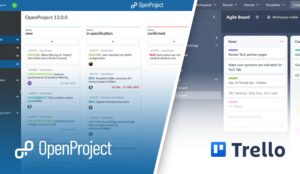In an increasingly digital world, the way we manage, sign, and share documents has evolved far beyond the confines of traditional pen and paper. The advent of electronic signature solutions has not only streamlined workflows but also redefined the expectations of efficiency and security in document management. Among the leading players in this domain are DocuSign and PandaDoc, both of which offer a suite of features designed to simplify the signing process and enhance overall document handling. But how do these two platforms stack up against each other? In this article, we will explore the similarities and differences in their document management features, helping you make an informed decision tailored to your business needs. Whether you’re a small startup or a large enterprise, understanding the nuances of DocuSign and PandaDoc can pave the way for more efficient operations and improved collaboration.
Understanding User Experience and Interface Design
In the realm of document management, User Experience (UX) and Interface Design (UI) play pivotal roles in determining how effectively users can navigate and utilize platforms like DocuSign and PandaDoc. A well-crafted user interface enhances the usability of a product by ensuring that the design elements are intuitive, visually appealing, and consistent. When users can easily find the tools they need without confusion or frustration, their overall satisfaction increases, leading to improved workflow efficiency. Factors such as navigation ease, visual hierarchy, and accessibility must be taken into consideration, as they directly impact how users interact with the platform’s features.
To further illustrate the differences between DocuSign and PandaDoc in terms of design and user friendliness, we can explore specific features through comparison. Below is a simple table that highlights key design aspects of both platforms:
| Feature | DocuSign | PandaDoc |
|---|---|---|
| Template Creation | Basic, straightforward editor | Drag-and-drop functionality |
| User Onboarding | Standard setup prompts | Interactive guided tours |
| Customization Options | Limited flexibility | Extensive and customizable |
This comparison highlights that while DocuSign offers a clean and basic user interface, PandaDoc excels with its inviting design and customizable features that enhance the user’s journey through the document management process. Ultimately, the choice between the two will depend on individual and organizational preferences for usability and design elements.

Exploring Document Editing and Customization Capabilities
When it comes to document editing, both DocuSign and PandaDoc offer robust capabilities, ensuring that users can easily customize their documents according to specific needs. DocuSign excels with its intuitive user interface, allowing for seamless adjustments and modifications. Users can annotate, insert images, and even create templates that save time for future projects. Its cloud-based solution facilitates real-time collaboration, enabling multiple stakeholders to engage in the editing process simultaneously. Key features include:
- Drag-and-drop editor: Simplifies document creation.
- Custom branding: Allows businesses to add logos and colors.
- Version control: Keeps track of edits and changes over time.
On the other hand, PandaDoc also stands out in the realm of document customization. With advanced customization tools and integration capabilities, it caters to professionals looking for comprehensive features. Its rich content editor supports various media types, which enhances presentations and proposals. Additionally, PandaDoc’s analytics tools provide insights that help users understand how recipients interact with their documents. Notable attributes include:
- Custom fields: Personalizes documents for recipients.
- Document analytics: Tracks engagement and document performance.
- Seamless integrations: Works well with CRM tools.
| Feature | DocuSign | PandaDoc |
|---|---|---|
| Document Editor | Intuitive UI | Rich Content Editor |
| Customization | Templates & Branding | Custom Fields & Analytics |
| Collaboration | Real-time Editing | Engagement Tracking |

Evaluating E-signature Solutions and Compliance Features
When it comes to evaluating e-signature solutions, compliance features are paramount, particularly in industries that demand rigorous document security and authenticity. DocuSign stands out for its extensive compliance capabilities, including adherence to regulations such as GDPR, eIDAS, and HIPAA. The platform integrates advanced identity verification methods, ensuring that signers are who they claim to be. In contrast, PandaDoc also boasts a solid compliance framework but takes a slightly different approach. It focuses on user-friendly interfaces that facilitate ease of use while meeting essential compliance standards, appealing particularly to small to medium-sized businesses.
Choosing the right solution requires a comparison of specific features that highlight compliance strengths. Here’s a brief overview of the two platforms:
| Feature | DocuSign | PandaDoc |
|---|---|---|
| Regulatory Compliance | ✔️ Extensive (GDPR, HIPAA) | ✔️ Essential (GDPR) |
| Audit Trails | ✔️ Yes | ✔️ Yes |
| Identity Verification | ✔️ Multi-factor authentication | ✔️ Basic verification methods |
| Encryption | ✔️ AES 256-bit encryption | ✔️ SSL encryption |
Considering features like secure storage, signing workflows, and ease of access can make a significant impact on document management efficiency. Both platforms prioritize these functionalities while ensuring compliance, but their methods vary. DocuSign excels at addressing complex compliance needs in regulated industries, while PandaDoc emphasizes usability and speedy workflow integration. Ultimately, the best choice depends on the specific requirements of your business and the nature of the documents you handle.

Assessing Integration Options and Workflow Automation
When evaluating integration options, both DocuSign and PandaDoc offer robust capabilities, but they cater to slightly different user preferences and requirements. DocuSign boasts an extensive range of integrations with over 350 applications, including popular platforms such as Salesforce, Slack, and Google Drive. This vast selection ensures that users can seamlessly embed document signing within their existing workflows, enhancing efficiency. On the other hand, PandaDoc focuses on delivering integrations primarily with customer relationship management (CRM) tools like HubSpot and Zoho. This tailored approach allows users to create and manage documents directly linked to their sales processes, streamlining the experience from lead generation to closed deals.
Workflow automation is another critical factor where these two platforms diverge. DocuSign provides options for advanced routing, allowing documents to be sent to multiple stakeholders in a pre-defined order. Users can set triggers based on specific actions, ensuring that agreements move through channels quickly and effectively. Conversely, PandaDoc simplifies the automation of document creation by offering customizable templates tied to various triggers within the CRM, enabling businesses to not only send but also track documents effortlessly. Below is a comparison table highlighting the key features:
| Feature | DocuSign | PandaDoc |
|---|---|---|
| Integration Capability | 350+ apps | Focused on CRM tools |
| Document Routing | Advanced routing options | Simplified user-driven processes |
| Template Customization | Standard templates | Highly customizable |
Wrapping Up
In the ever-evolving world of document management, the choice between DocuSign and PandaDoc ultimately hinges on the specific needs and preferences of your business. As we’ve explored, both platforms offer unique features tailored to streamline your workflows, enhance collaboration, and secure your documents. Whether you gravitate towards DocuSign’s robust electronic signature capabilities or PandaDoc’s versatile document creation tools, each solution provides a distinct approach to managing the complexities of modern documentation.
As you prepare to make your decision, consider your goals, your team’s workflow, and the particular functions that will empower your processes. After all, a seamless document management system is not just about technology; it’s about enhancing productivity and fostering collaboration within your organization. Whichever route you choose, investing the time to explore these platforms will undoubtedly lead to more efficient, secure, and enjoyable document experiences. Happy documenting!




